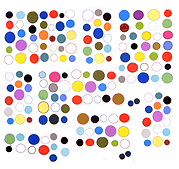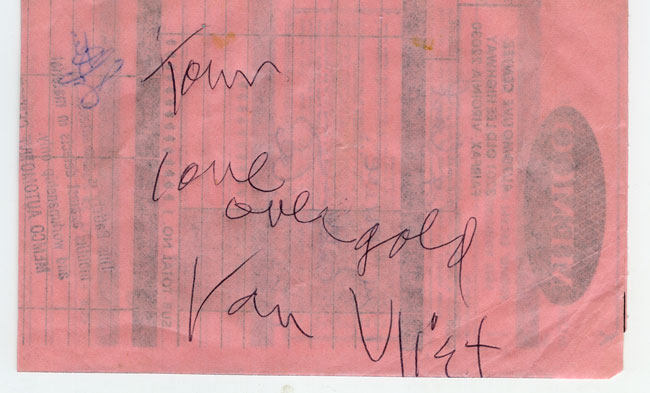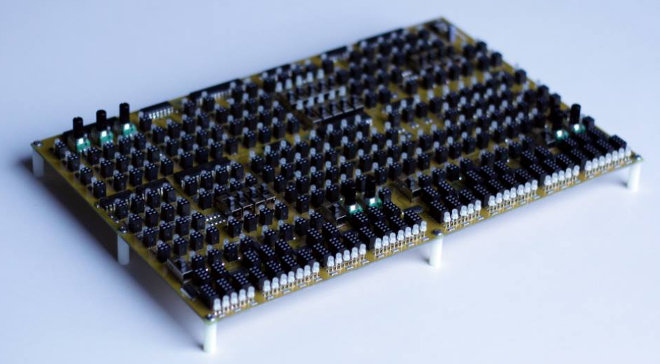Am organizing my "record collection" (with many nerdy visits to Discogs to see which pricy versions I was fortunate to have picked up back in the day for $4.99). As I do this I find songs to "share" -- much as I hate contributing to the YT monoculture (yawn let's get on with it)
Tuxedomoon "Grand Hotel" [YouTube] Blaine is kind of sawing away here but I love the vocoderized Garbo loop and how it comes back in at the end
Tuxedomoon "Conquest" [YouTube] "What do I care for your orders? You can't frighten me." more vocoderized Garbo - nice
Tuxedomoon "Queen Christina" [YouTube] "...Oh, this great joy I feel now. This is how the Lord must have felt when he first beheld a finished world, with all his creatures breathing and living..." (Not vocoderized. Need to watch these Garbo films)
Tonto's Expanding Head Band "Jetsex" [YouTube] Just realized how much this anticipated the trippy "road" section of Kraftwerk's "Autobahn" (long version)
Atomic Robo Kid "Googlex" [YouTube] Some crazy techno sh*t
David Van Tieghem "All Safe" [YouTube] Heavy on the Fairlight; this was right on the cusp, pre-808 State and "Techno! The New Dance Sound Of Detroit," where '80s beats went from crunchy/static to fluid/sexy
Harley & Muscle "Friends and Enemies" [YouTube] Deep house, and the confusion between friends and enemies.


